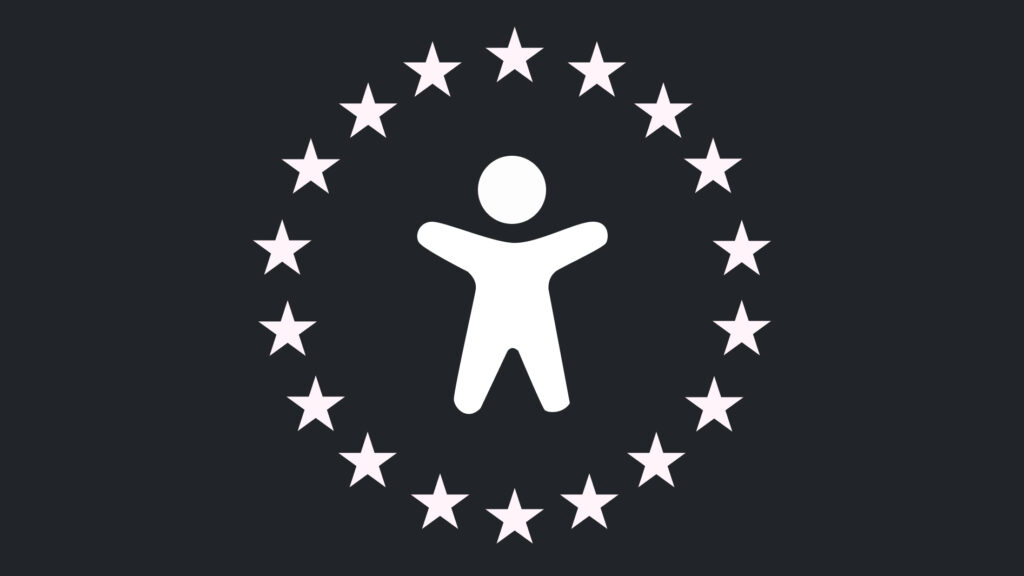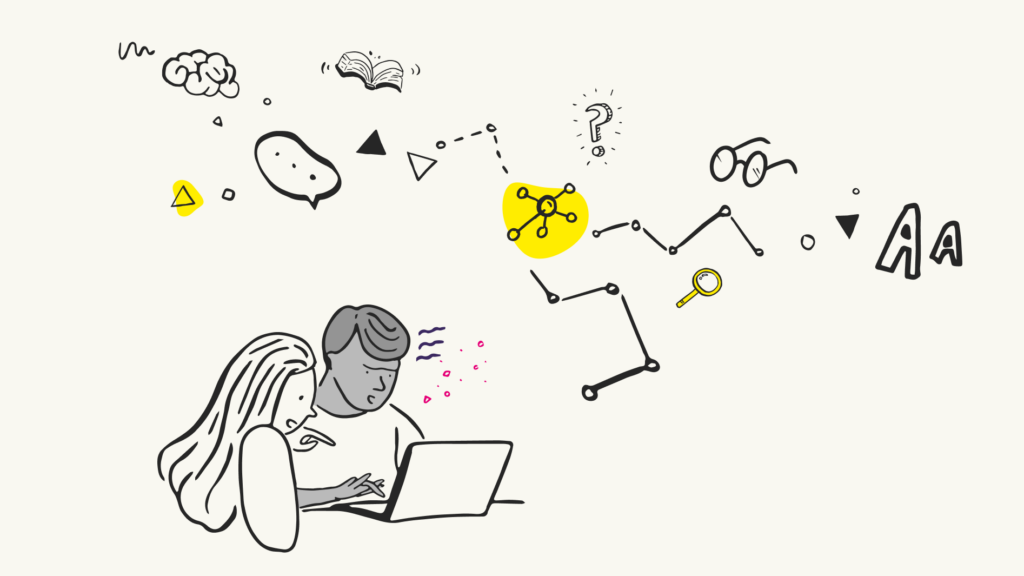Increasingly, people are including declarations on their websites that define the level of web accessibility the website aims to achieve. Known as Accessibility Statements, these declarations take the form of a short information page which is available via a link from every page of the website.
Use our free Accessibility Statement Generator to create your website’s accessibility statement.
What is an accessibility statement?
An accessibility statement has two basic functions. Firstly, it presents clear information about the target level of web accessibility for the website and the methods used to achieve those targets. It also enables the website owner to acknowledge any areas of the website where accessibility targets have not been met and to outline the proposed plan for resolving any such problem. Secondly, an accessibility statement is a powerful declaration of commitment.
People visiting the website, particularly those with disabilities, will appreciate the open acknowledgement that accessibility is a key driver for the website. A word of caution however, an accessibility statement that makes rash or false claims will only damage the reputation of the website, not enhance it!
What goes into an accessibility statement?
Accessibility statements and help pages are often muddled into the same document. For simplicity and ease of use, it’s best to keep these two pages separate. People looking for help may not always consider that an accessibility statement is the logical place to look. An accessibility statement should include the following components:
- An open commitment to providing an accessible website
- An outline of key guidelines and standards the website follows
- Any known exceptions to the intended level of web accessibility
- Contact information for reporting difficulties with the website
An open commitment
The opening paragraph of the accessibility statement should contain a clear declaration of intent. The following example includes a brief introduction to the statement as a whole:
*Website Name* is committed to providing a website that is accessible to the widest possible audience, regardless of technology or ability. We are actively working to increase the accessibility and usability of our website and in doing so adhere to many of the available standards and guidelines.
Guidelines and standards
The logical next step is to include information about the guidelines and standards that the website uses to maximise web accessibility. The Web Content Accessibility Guidelines (WCAG) and W3C technologies are the common guidelines and standards used by developers of accessible websites. The example below starts with a clear statement about the level of web accessibility the website aims to achieve. It goes on to explain what the WCAG are and includes the fact that conforming to the guidelines can help people with disabilities.
This website endeavours to conform to level Double-A of the World Wide Web Consortium (W3C) Web Content Accessibility Guidelines 2.1. These guidelines explain how to make web content more accessible for people with disabilities. Conformance with these guidelines will help make the web more user friendly for all people.
The next paragraph should follow on from the information about the guidelines, by informing people about the more technical standards the website follows. The example below indicates that the website will work across all browsers and explains that it should continue to do so when new browsers are released.
This site has been built using code compliant with W3C standards for HTML and CSS. The site displays correctly in current browsers and using standards compliant HTML/CSS code means any future browsers will also display it correctly.
Exceptions
Sometimes, despite best efforts, there are areas of the website that fall outside of intended web accessibility targets. Acknowledging these instances can help people understand the limitations of the site. A note of caution however, such exceptions should not be used as an easy escape from providing real accessibility. Any areas where accessibility is not provided should be indicated, along with an intended roadmap for resolving the inaccessibility. The following example provides an opening paragraph, which should be supplemented with any specific examples of inaccessible areas:
Whilst *Website Name* strive to adhere to the accepted guidelines and standards for accessibility and usability, it is not always possible to do so in all areas of the website.
Contact information
Lastly, it is important to provide people with the ability to contact the website regarding specific problems they may be having. A simple email address works well and the following example suggests a simple approach to take:
We are continually seeking out solutions that will bring all areas of the site up to the same level of overall web accessibility. In the meantime should you experience any difficulty in accessing the *Website Name* website, please don’t hesitate to contact us.
Conclusion
The resulting accessibility statement should provide a brief summary of information that will help people understand the level of commitment shown by the website, the techniques and methods used to achieve accessibility goals and knowledge of areas on the site where some accessibility issues may still exist. To create your own accessibility statement, use our generator: http://accessibility-statement-generator.co.uk/
Start building accessibility into your projects at the beginning to save time and money, don’t just leave it hanging on the backlog letting it gather up dust. Drill it in.
Can we help?
Nomensa is an award-winning UX design agency with offices in Bristol, London and Amsterdam.
If you would like us to help you with your accessibility challenges or to provide you with an accessibility evaluation of your website/mobile app, please don’t hesitate to get in touch.
Take a full look at the digital accessibility services that we offer.
We drive commercial value for our clients by creating experiences that engage and delight the people they touch.
Email us:
hello@nomensa.com
Call us:
+44 (0) 117 929 7333





